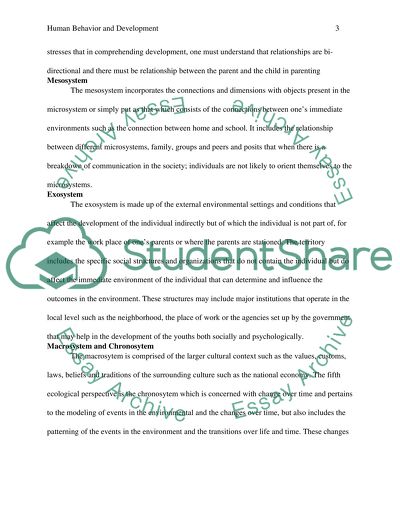Cite this document
(“Social work Term Paper Example | Topics and Well Written Essays - 2500 words”, n.d.)
Retrieved from https://studentshare.org/psychology/1489720-social-work
Retrieved from https://studentshare.org/psychology/1489720-social-work
(Social Work Term Paper Example | Topics and Well Written Essays - 2500 Words)
https://studentshare.org/psychology/1489720-social-work.
https://studentshare.org/psychology/1489720-social-work.
“Social Work Term Paper Example | Topics and Well Written Essays - 2500 Words”, n.d. https://studentshare.org/psychology/1489720-social-work.


